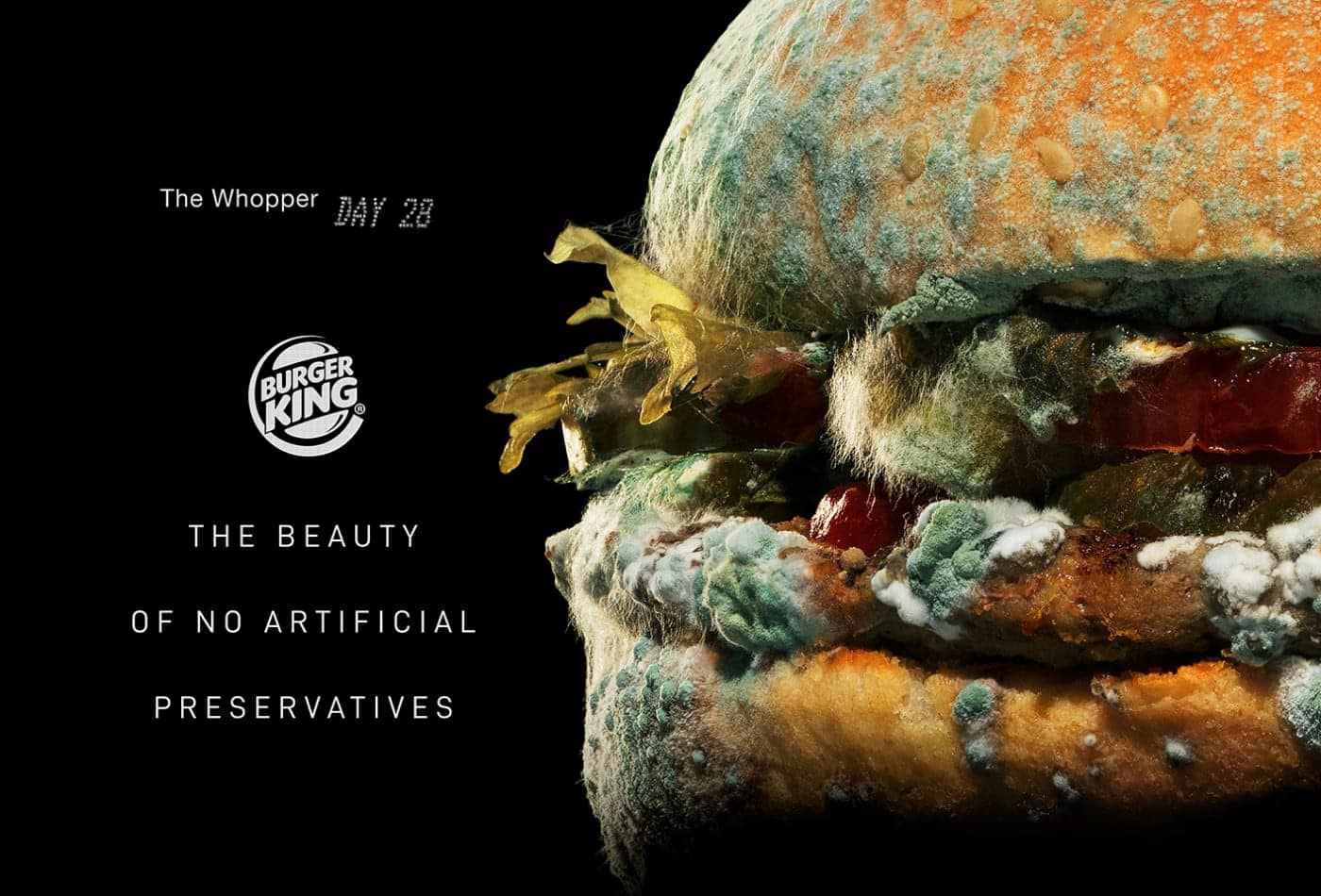
Shock Advertising (Shockvertising) : Thrill or Kill?
Ever heard of the term shockvertising? Shock advertising (shockvertising) is a marketing strategy designed to raise awareness about a certain aspect socially, locally or globally.
Shockvertising is a type of advertising that “deliberately, rather than inadvertently, startles and offends its audience by violating norms for social values and personal ideals” (Wikipedia). Is shock advertising a thrill or kill?
Shockvertising definitely has an impact on the audience it is presented to. It can include “out of the norm” graphics and images such as nudity, violation of social norms, and taboo subjects that are usually ignored. The aim of such campaigns is to actually provide a shocking effect.
Many a one companies and industries have resorted to shock marketing campaigns to deliver a specific message to their customers. Sisley, the famous clothing brand released an image called “fashion junkie” which featured two women snorting a dress (a resemblance to snorting cocaine).
Burger King’s moldy Whopper created quite a controversy; the aim was to show a “real” burger beyond its prime.
When it comes to taking in such shocking content the audience may either condone the idea to be a thrill or otherwise it could be frowned upon, creating a brand kill.
Shocking content intends to evoke an emotional response be it positive or negative. Associating shocks with emotions triggers long term memory, hence allowing people to “remember the message”.
Not all types of shockvertisements are successful. To do it right companies should have answers to three main questions:
-What is the message behind it and why?
-Has there been adequate research on the content used?
-Does it serve the company’s core values?
Companies who use shockvertising are indeed big risk takers. It’s a literal marketing game of Russian Roulette and that’s why various industries have held back on this strategy whilst others were more daring to venture.
